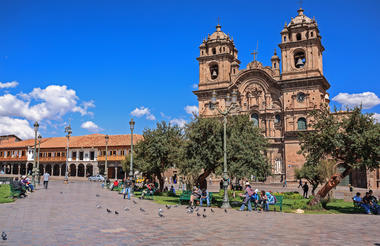Neighbouring Colombia and Peru, Ecuador is a relatively small country that nevertheless offers an enticing array of scenic landscapes, diverse wildlife species and interesting cities. Dense Amazon rainforest, towering Andean mountain peaks, palm-fringed Pacific Coast beaches and fascinating historical sites are all part and parcel of Ecuador’s prolific charms. The former Inca town of Cuenca is the nation’s third-largest city and a Unesco World Heritage Site. This alluring city, with its cobbled streets, beautiful architecture and photogenic plazas, boasts a huge variety of museums and art galleries. The vibrant capital city of Quito is also worth a visit. Arguably the most dazzling jewel in Ecuador’s crown is the Galapagos Archipelago in the Pacific, about 1000 kilometres west of the mainland. Their magnificent, pristine landscapes and prolific wildlife, which inspired Charles Darwin, have made this cluster of islands a world-famous travel destination.
Everything about Quito – from its setting along the slopes of Pichincha volcano to its having the best preserved, least altered historic center in Latin America – makes it a capital city worth visiting. (The ‘old town’ as the center is known was declared a UNESCO World Heritage Site in 1978.) Stroll along its narrow streets and enjoy the buskers, vendors, and locals going about their everyday business. Visit the monasteries of San Francisco and Santa Domingo, the Church and Jesuit College of La Compañia, the Cathedral of Quito or the hill of El Panecillo where you can view the 45m high statue of the Virgin Mary. Mariscal Sucre (Plaza Foch) offers a taste of modern Quito with its trendy bars, restaurants and nightlife.



Situated on Santa Cruz Island of the Ecuadorian Galapagos Islands, the tourist town of Puerto Ayora is famous for its striking natural scenery, breathtaking beaches, and unique history. As the biggest town in the archipelago, it is from here that many excellent cruises, diving expeditions and land-based tours depart. Tortuga Bay, which rivals any South American beach, is perfect for swimming and sunbathing and also offers the chance to spot sharks, marine iguanas, pelicans, and the occasional flamingo; while the Charles Darwin Research Station is home to giant tortoises. Lava tunnels and two idyllic lagoons provide further opportunities to explore.

The small port town of Puerto Villamil is located on the edge of Ecuador's Isabela Island. This quiet town features sandy roads and strong agricultural and fishing businesses. Surrounded by beautiful natural areas, Puerto Villamil is home to a number of birdlife species such as flamingos, Bahama pintails, gallinules, and whimbrels which can be found around the saltwater lagoon. Tourists can explore nearby attractions such as the Wall of Tears, the Tortoise Breeding Center, gorgeous white sand beaches, and a boardwalk that leads to a mangrove environment. There are also several fine restaurants offering authentic traditional cuisine as well as some wonderful local markets.



The largest and post populous city in Ecuador is also its main port and economic hub, but Santiago de Guayaquil has carved a rich identity for itself with a number of urban renewal projects that have transformed it into an extremely appealing destination. While visitors can still enjoy the colonial grandeur of sites like the Guayaquil Metropolitan Cathedral and the historic Las Peñas quarter, the city’s modern offerings include The Malecon, a bustling 2.5km riverfront walkway and the Museo Antropologico y de Arte Contemporaneo – a must for art lovers. The protected area of Santay Island offers a taste of local village life. Guayaquil is also a departure point for trips to the Galápagos Islands.



Peru’s capital is a fantastic city to tour, dotted with a multitude of cultural sites and beautifully preserved architecture. Founded by the conquistador Francisco Pizarro in 1535, Lima was first named ‘City of Kings’ – a biblical reference to the ‘Three Wise Men of the East’ – before its name was changed by the Spanish colonialists. The most significant historical buildings are located around the Plaza Mayor, the most notable being the Government Palace, where one can still observe the changing of the guard performed by the Húsares de Junín. The beautiful Cathedral and the various small palaces and colonial balconies also play also their part in the beauty of the city. Another highlight is the famed Larco Herrera Museum, documenting the millennial cultures that preceded the Inca civilization and containing a priceless collection of pre-Columbian artifacts, including some of South America's finest pre-Inca erotic pottery.
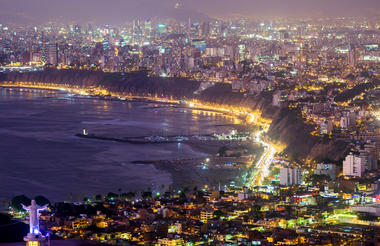
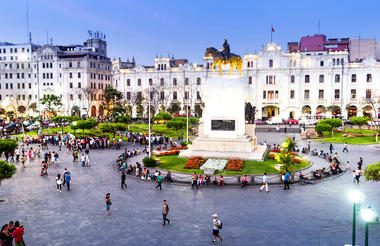
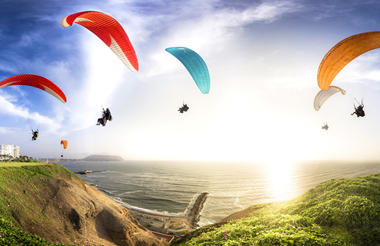
Once called the ‘Navel of the World’ by the Incas, Cusco rises in the southern Andes of Peru, where colonial grandeur meets the enduring stonework of the Inca Empire. A UNESCO World Heritage Site, it serves as the main gateway to Machu Picchu, the Sacred Valley, and surrounding ruins. At its centre, the Plaza de Armas—once Huacaypata—remains alive with cafés, arcades, and the 16th-century Cusco Cathedral, built from Sacsayhuamán’s stones. Nearby, the San Blas district unfolds with whitewashed adobe houses, blue balconies, and workshops where artisans craft metalwork, woodcarvings, and sacred art. Across the city, layers of history reveal themselves in landmarks such as the Korikancha, the Inca street of Hatun Rumiyoc with its twelve-angled stone, the Museum of Colonial Art, and the ancient shrines and water temples scattered through the surrounding hills.



Also known as Urubamba Valley, the Sacred Valley of the Incas is located in the Peruvian Andes, beneath the world-famous site of Machu Picchu and not far from Cuzco, the unofficial Inca capital. This fertile valley is fed by a network of waterways and encompasses a wealth of archaeological sites, including Ollantaytambo, renowned for its extensive Inca ruins; Tipon, which features ancient agricultural terracing and a working irrigation system; and Pisac, with its ancient vestiges and colourful weekly market.


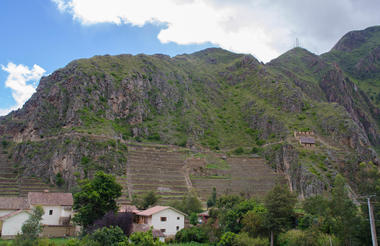
Perched high up in the Andes, Machu Picchu Pueblo is a riverside town known for its proximity to the famous Machu Picchu ruins. This cloud-forest town is encircled by towering forested cliffs and boasts an endless array of hotels, restaurants, markets and labyrinthine streets. Machu Picchu Pueblo, also known as Aguas Calientes, serves as an excellent base to explore the renowned ancient archaeological site of Machu Picchu. Visitors can enjoy various other activities, including having a relaxing massage after a long day of exploring, taking a stroll through lush rainforest to the Mandor Waterfalls, embarking on an adventurous hike up the Putucusi Mountain or soaking in the relaxing thermal baths with the Andes as your backdrop. Don’t miss the Machu Picchu Museum and Botanical Gardens, displaying the area’s history and diversity of indigenous flora.
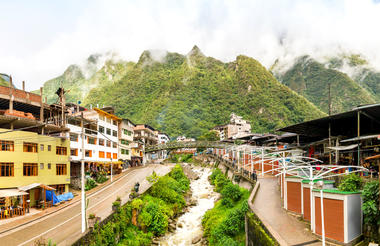
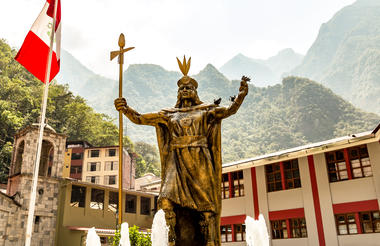
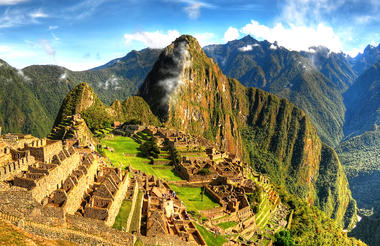
As previously described


